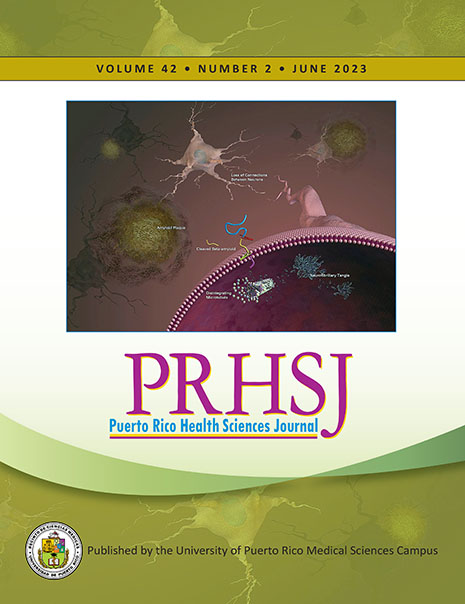Abstract
SARS-CoV-2 has spread widely throughout the world, and multiple mutations and variants of interest were detected in the late 2020 and continue to emerge. Although genetic diversity is common in RNA viruses, these variations at the genetic level have given it certain characteristics associated with transmission, resistance to neutralizing antibodies, and even suspected increased lethality. Better understanding of the genomic diversity in SARS-CoV-2 will help to take appropriate containment measures against the virus. It should be borne in mind that this diversity can originate anywhere in the world, especially in areas where there is a high number of infections. This highlights the need for continuous molecular surveillance to guide development, therapy, vaccine use and health policy.
Authors who publish with this journal agree to the following terms:
a. Authors retain copyright and grant the journal right of first publication with the work simultaneously licensed under a Creative Commons Attribution License that allows others to share the work with an acknowledgement of the work's authorship and initial publication in this journal.
b. Authors are able to enter into separate, additional contractual arrangements for the non-exclusive distribution of the journal's published version of the work (e.g., post it to an institutional repository or publish it in a book), with an acknowledgement of its initial publication in this journal.
c. Authors are permitted and encouraged to post their work online (e.g., in institutional repositories or on their website) prior to and during the submission process, as it can lead to productive exchanges, as well as earlier and greater citation of published work (See The Effect of Open Access).
